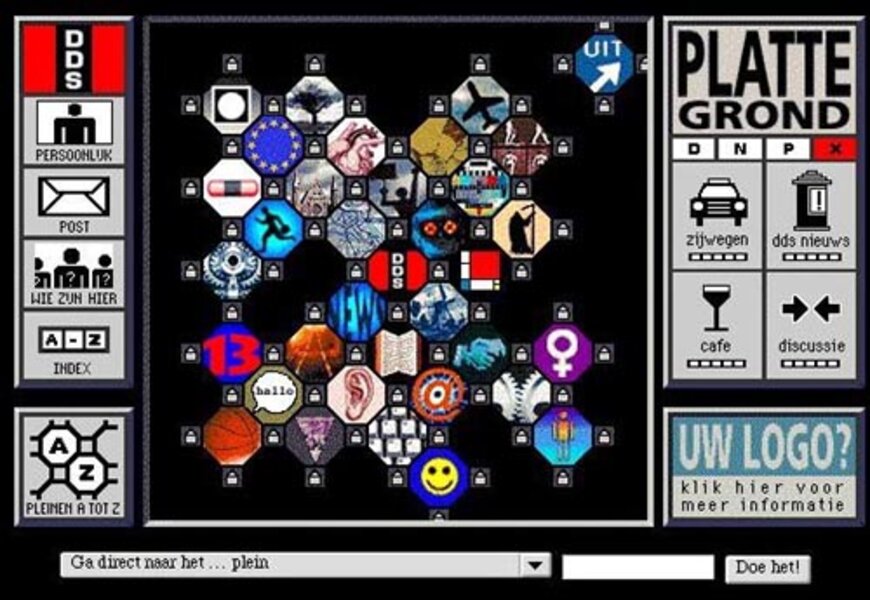In Amsterdam, web archaeologists excavate a digital city
Loading...
| Amsterdam
Imagine yourself walking into a public library in Amsterdam on a weekend. You sit down at a computer and, with a click of a mouse, join other users of a virtual community. After catching up on recent postings, you chat with other members, update your image, and share a couple of links.
Sounds perfectly mundane – minus the fact that the year is 1994, long before the Internet became a fixture of daily life.
This rudimentary social-media platform, launched in Amsterdam twenty years ago and known as the Digital City (or by its Dutch acronym DDS), was one of the earliest virtual public domains and a precursor to the modern Internet. But the software that kept it buzzing with activity until 2000 is now virtually lost. The challenge of retrieving and preserving this and other web artifacts has given rise to a new profession: web archaeologist.
“If we don't do anything, then an important piece of digital cultural heritage will be lost,” says Tjarda de Haan, the first official web archeologist at the Amsterdam Museum. She is leading a far-ranging effort to rebuild the Digital City for virtual tours by future generations.
“Hopefully before the end of the year, visitors of the museum should be able to click through a reconstruction of the Digital City,” Ms. de Haan says.
When DDS opened in 1994, it was one of the first social media platforms in the world, the first Dutch virtual community and the world’s first public-domain virtual city. Conceived as a virtual space for independent groups, from artists to culture organizations, the hub grew from 10,000 members in 1994 to 400,000 by 2000.
Originally hosted by a foundation, the online community disappeared when DDS was privatized in 2001. De Haan and others are now collecting data to “dig up” the Digital City. To do so, they must sift through old-school floppy disks, dusty computers, UNIX commands, and scripts that can conjure DDS back to life.
"Born-digital heritage"
The task represents one of the challenges the digital revolution has brought. While there are plenty of well-established institutions, criteria, and methods for the preservation of physical art and monuments – think UNESCO's World Heritage List – digital media is a new phenomenon, and few have pondered the challenge of conserving “born-digital heritage” that only exists virtually.
The preservation of digitally created expressions of culture and art has different demands than the preservation of physical monuments, such as a church, said Julia Noordegraaf, professor of heritage and digital culture at the University of Amsterdam, in a recent speech.
“The storage of data takes up less space, but also has a shorter life span,” she said. Because technology changes so quickly, digital heritage needs to be constantly transferred to newer servers.
As computer models and software becomes obsolete, files can quickly become unreadable. Similarly, now that much of the digital communication occurs via social media such as Facebook, the future of that communication is intertwined with the future of the medium.
And there's a limit to what web archeologists can reconstruct. While visitors of the Amsterdam Museum will be able to click through the reconstructed Digital City, they will not be able to leave any comments and build their own homepage, as the original users could.
Creating a method for the preservation of digital heritage is a challenge not only for scientists and researchers, said Noordegraaf. It also asks something of the Internet society itself. “I expect that in the near future, users will be more involved with the preservation of digital heritage,” she added.
Tjarda de Haan knows this all too well. When she speaks to audiences about her Digital City project, she always asks them if they were part of its early days and, if so, what material they could share with her research team.






